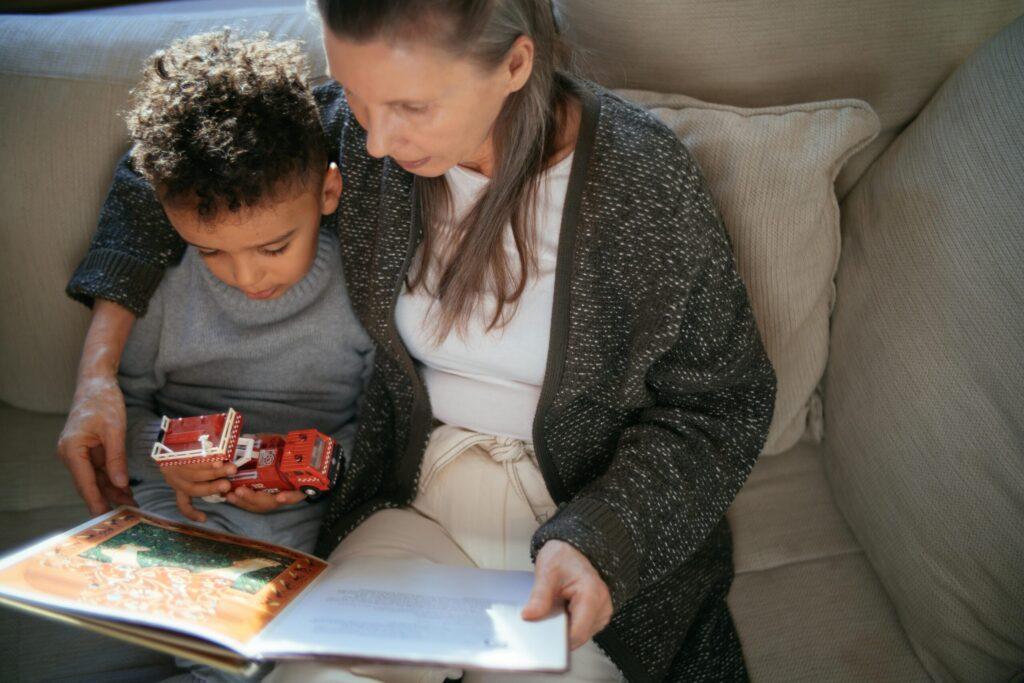Understanding how children with ADHD perceive and experience the world is key to supporting them effectively. These children aren’t misbehaving on purpose—they’re often overwhelmed by emotions and impulses they can’t control. When we step into their shoes, we uncover insights that help us respond with compassion rather than frustration.
Here are some powerful descriptions of what children with ADHD often feel:
1. “I Know I Shouldn’t, But I Can’t Help It.”
Many children with ADHD express that their actions feel out of control. They may want to behave or follow rules but find themselves doing the opposite. This isn’t defiance—it’s a neurological challenge. The frustration of knowing the “right” action but being unable to carry it out can lead to guilt and shame.
2. “Making Decisions Feels Like a Tornado.”
Simple choices can feel overwhelming for a child with ADHD. Whether it’s picking what to wear or deciding what to do first, decision paralysis often leads to emotional meltdowns. This buildup of frustration isn’t about being difficult—it’s about their brain struggling with executive function.
3. “I Get Embarrassed When I’m Different.”
Despite high energy and impulsivity, children with ADHD often know when they’re acting outside social norms. They may feel embarrassed or self-conscious, especially when their behavior draws attention. This self-awareness, combined with a lack of control, can affect their confidence and lead to low self-esteem.
4. “Waiting Makes Me So Angry.”
Impatience and emotional dysregulation are common ADHD traits. Children may become easily frustrated when asked to wait, be quiet, or transition between tasks. What looks like anger is often a child’s way of expressing internal chaos and frustration they can’t yet verbalize.
Why Understanding Matters
What may seem like “bad behavior” is often the manifestation of a neurological condition that a child doesn’t fully understand themselves. By recognizing that their emotional outbursts, restlessness, or impulsivity aren’t choices—but symptoms—we shift from blame to support.
Creating a safe and supportive environment starts with:
- Educating parents, teachers, and caregivers about ADHD
- Responding with empathy and calm, even during challenging moments
- Helping children develop coping tools without punishing them for what they can’t control
Final Thoughts
Children with ADHD are not trying to be difficult. They are trying to function in a world that often doesn’t work with their brains. With understanding, guidance, and patience, we can help them gain confidence, develop resilience, and thrive—on their terms.
About the Author
Dr. Hatem El-Emam is a GP with a special interest in ADHD and co-founder of ADHDX, a digital platform focused on education, early diagnosis, and compassionate care for individuals with ADHD. He is committed to raising awareness and helping people unlock their full potential through better understanding and support.
